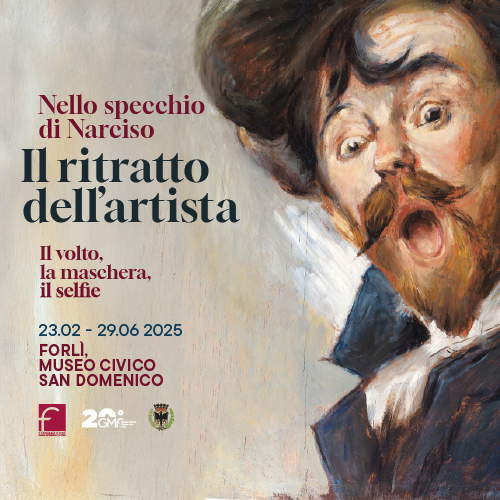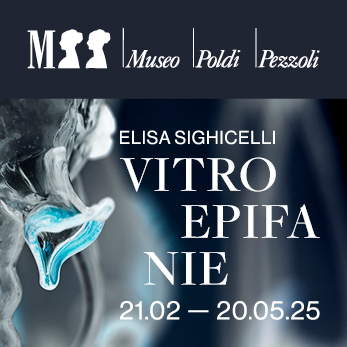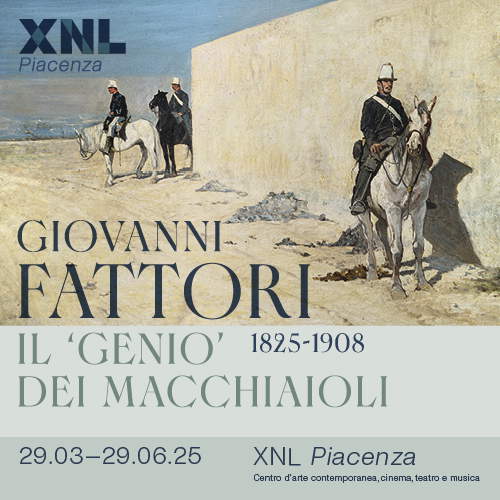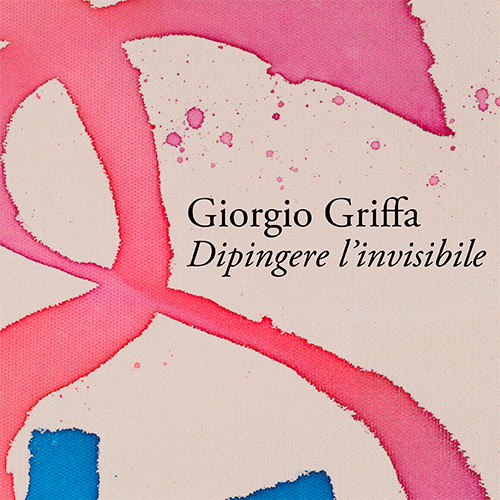Rome, at the Museum of Civilizations a journey through works from the African, American and Oceanian Collections
The MUCIV - Museum of Civilizations in Rome inaugurates a new temporary exhibition that will accompany the public until September 2025. In Progress, this is the title of the exhibition, offers visitors a wide selection of masterpieces from the African, American and Oceanian Arts and Cultures Collections at the entrance to the Palazzo delle Scienze in Piazza Guglielmo Marconi. An exhibition that is part of the 150th anniversary celebration of the MUCIV collections, founded in 1875 by palethnologist Luigi Pigorini. Amulets, insignia of power, jewelry, animal and plant depictions become the thread of a narrative that interweaves history, art and anthropology.
The opening will take place on Sunday, Feb. 2, at 11 a.m., with a free guided tour led by the project’s curators-Francesca Manuela Anzelmo, Pierpaolo Caputo, Gaia Delpino, Camilla Fratini, Vito Lattanzi, Maria Onori and Loretta Paderni-introduced by director Andrea Viliani. During the presentation, the audience will be able to learn more about the cultural and historical value of the works on display, as well as the complex path of research into their origins and provenance.
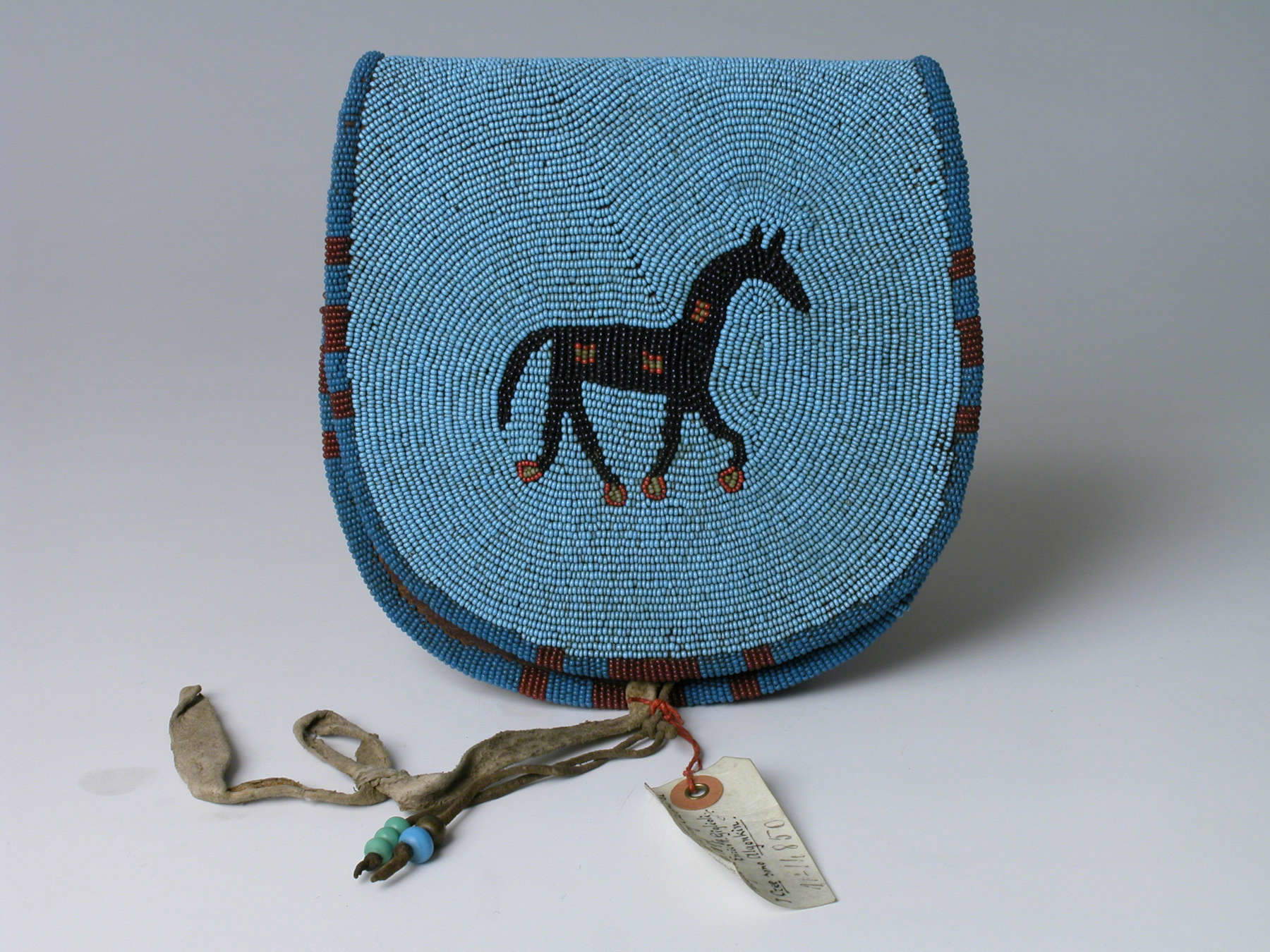
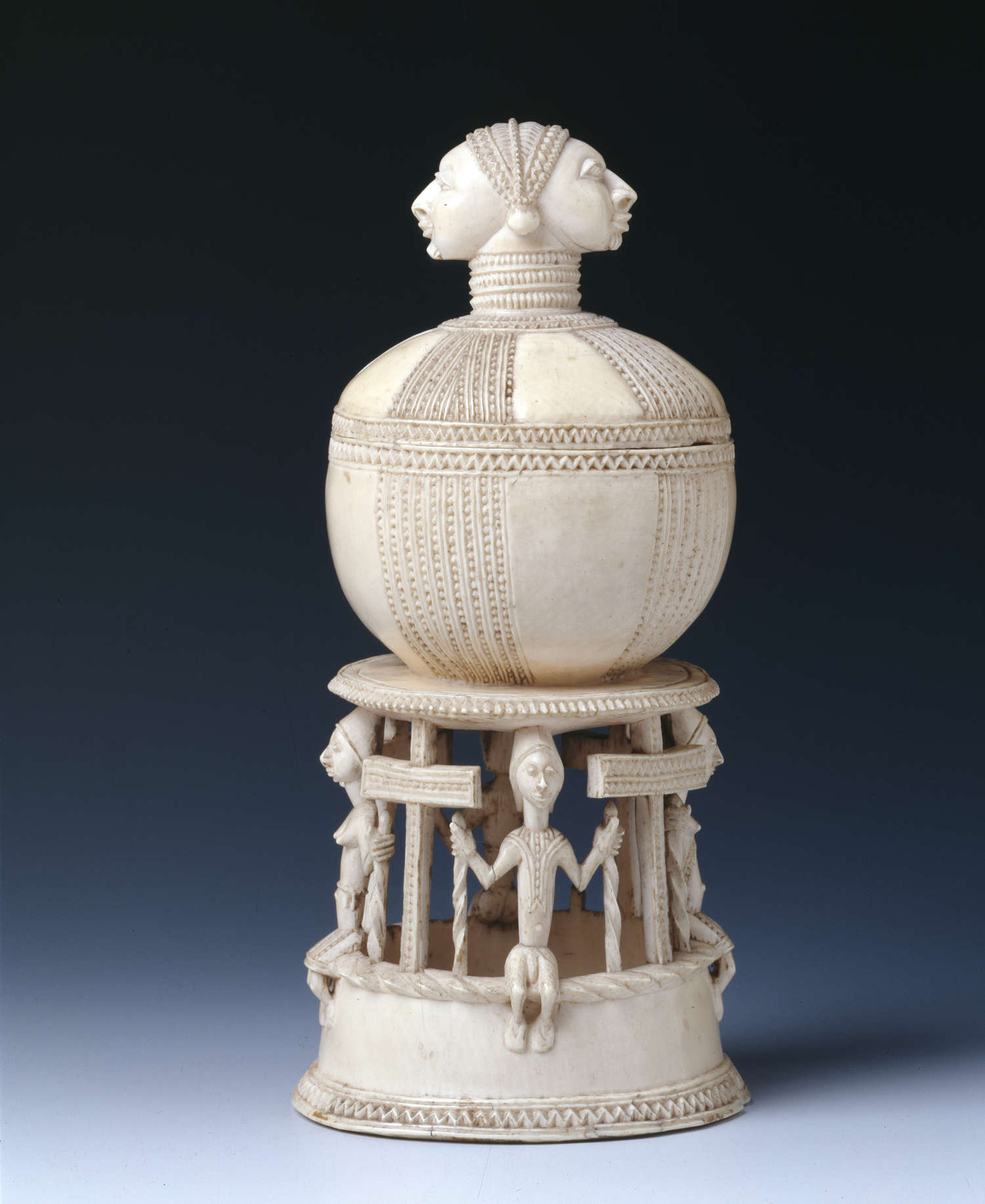
Dialogue among the collections
The core exhibition includes celebrated and previously unseen pieces from MUCIV’s African, American and Oceanian collections, totaling more than 45,000 artifacts. The section dedicated to Africa, curated by Gaia Delpino, presents a selection of works collected between the 16th and 20th centuries, some of which have never been exhibited to the public or have not been on view for some time. It is a collection of about 10,000 objects, including weapons, ornaments and sculptures, mostly acquired between 1875 and 1920 by Italian explorers, missionaries, scholars and officials. Some pieces date from the late Renaissance, arriving in Europe as diplomatic gifts or purchased to enrich the famous wunderkammer, the wonder chambers of the time.
The MUCIV’s American collection has about 20,000 artifacts covering a vast chronological span, from antiquity to the 20th century. Curated by Francesca Manuela Anzelmo, Pierpaolo Caputo, Camilla Fratini, and Loretta Paderni, the selection on display includes archaeological artifacts, indigenous artworks, and everyday objects from diverse geographic contexts ranging from North to South America. Some works are related to 16th-17th century private collecting, others come from 19th century exploratory expeditions or exchanges with international cultural institutions. Among the best-known specimens are Mexican pre-Columbian masks, while other works are being exhibited for the first time after decades of storage in repositories.
The last section of the itinerary is devoted to Oceania, a vast area spanning thousands of islands in the Pacific, with a plurality of peoples and cultures with millennia-old traditions. The MUCIV’s Oceanian collection includes about 15,000 objects, collected since the 17th century, with a significant increase in the late 19th century. Key figures in the formation of this collection include explorer Enrico Hillyer Giglioli, who documented and collected artifacts from Pacific islands during the Magenta voyage (1865-1868), and ethnologist Lamberto Loria, who worked in British New Guinea and Melanesia between 1889 and 1897. The itinerary curated by Vito Lattanzi and Maria Onori represents only a first selection, destined to grow with the final rearrangement, enriched with documentary materials and insights into the complex cultural interconnections of the area.
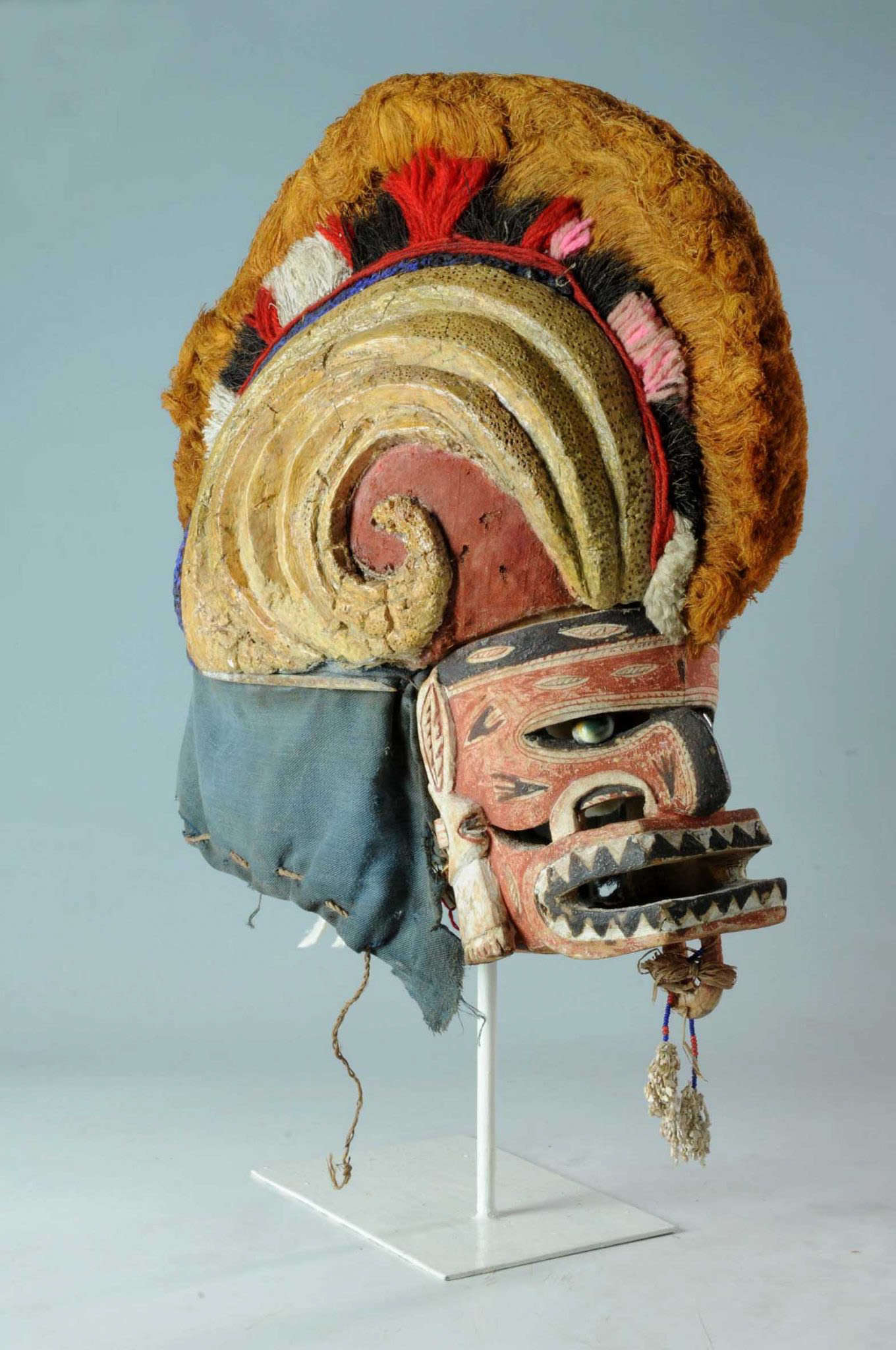
A display that anticipates the museum’s future
The In Progress project is an anticipation of MUCIV’s new course, which aims to rethink its holdings with an interdisciplinary and inclusive approach. The intent is to overcome traditional divisions between ethnographic, archaeological and art collections to create a more dynamic and current narrative.
The opening event is part of the Sunday at the Museum program, which provides free admission every first Sunday of the month, offering an extra opportunity to discover and rediscover the Museum of Civilizations and its extraordinary collections.
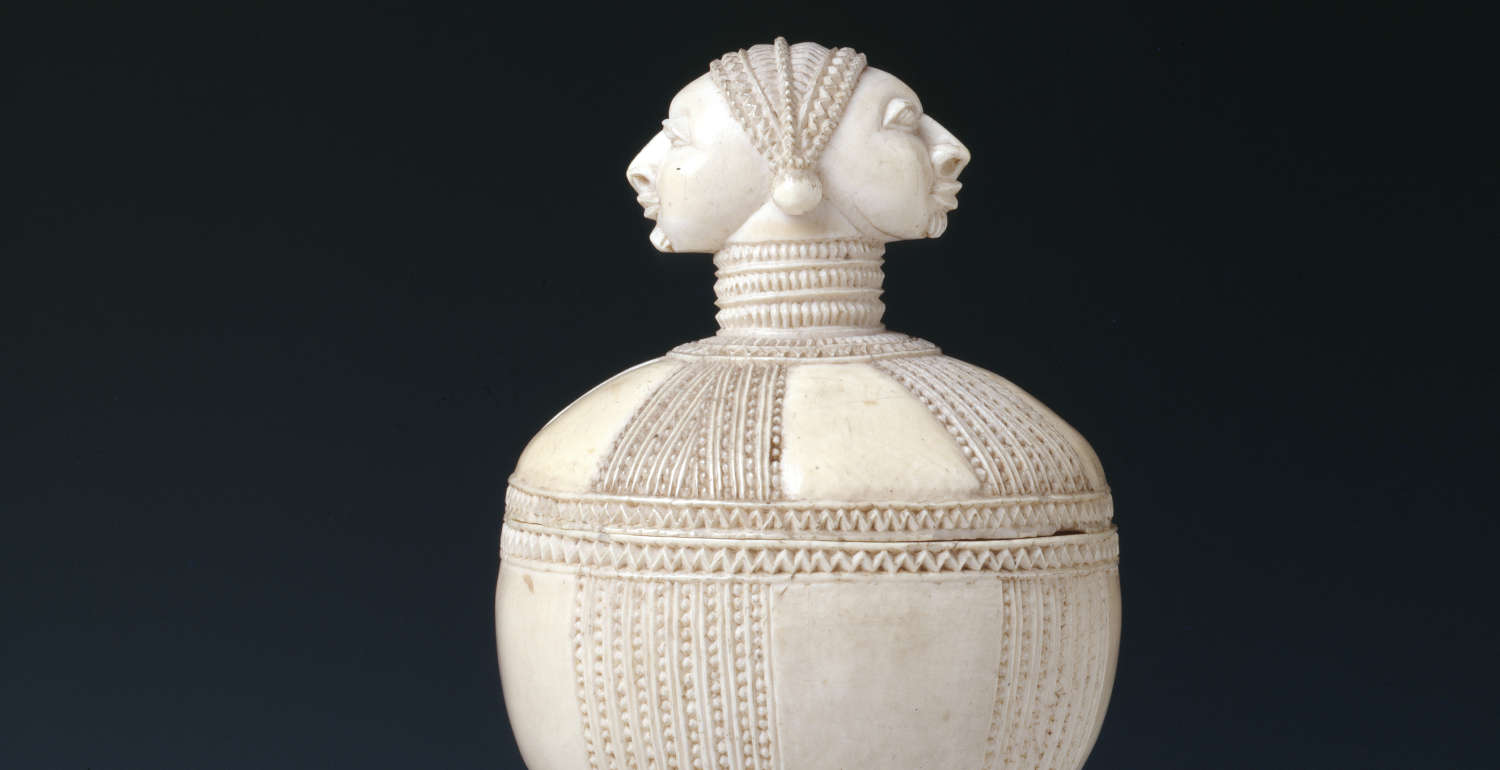 |
| Rome, at the Museum of Civilizations a journey through works from the African, American and Oceanian Collections |
Warning: the translation into English of the original Italian article was created using automatic tools. We undertake to review all articles, but we do not guarantee the total absence of inaccuracies in the translation due to the program. You can find the original by clicking on the ITA button. If you find any mistake,please contact us.





